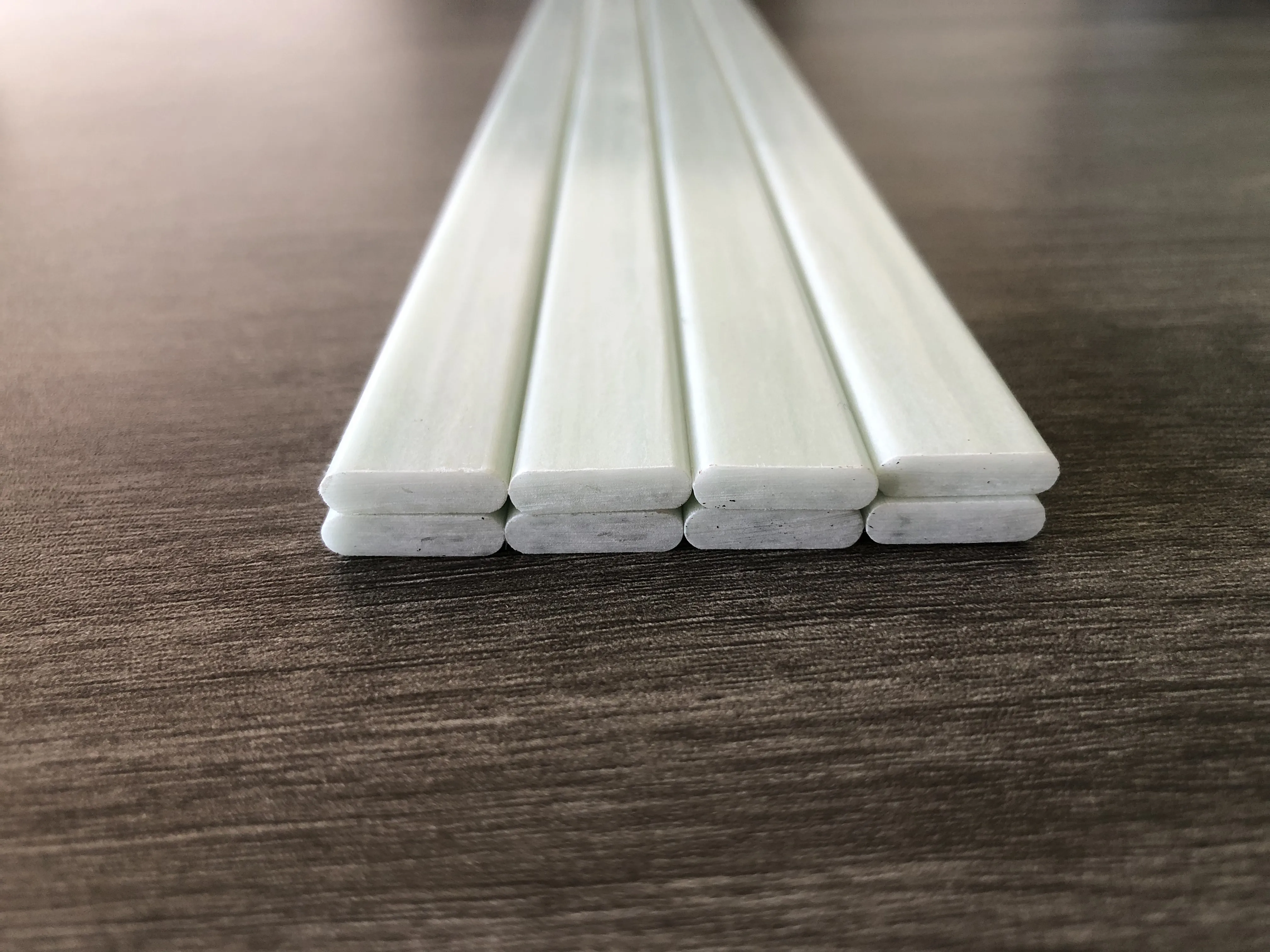loading...
- No. 9, Xingyuan South Street, Dongwaihuan Road, Zaoqiang County, Hengshui, Hebei, China
- admin@zjcomposites.com
- +86 15097380338
- Welcome to visit our website!
Similar Applications and Benefits of FRP Flat Bars in Construction and Design
Understanding FRP Flat Bars An Innovative Solution for Modern Engineering
In recent years, the construction and engineering sectors have increasingly turned to advanced materials to enhance the performance and durability of structures. One such material that has gained considerable attention is Fiber Reinforced Polymer (FRP), particularly in the form of flat bars. FRP flat bars offer an array of benefits that make them a preferred choice for various applications, ranging from bridges to building reinforcements.
What is FRP?
Fiber Reinforced Polymer (FRP) refers to a composite material made from a polymer matrix reinforced with fibers. These fibers can be made of glass, carbon, or aramid, each imparting different properties to the composite. The matrix is usually a thermosetting or thermoplastic resin that binds the fibers together and provides the overall shape and stability. The combination of these materials yields a lightweight yet incredibly strong and durable product, which is particularly advantageous in construction environments.
Advantages of FRP Flat Bars
1. Corrosion Resistance One of the most significant advantages of FRP flat bars is their high resistance to corrosion. Unlike traditional materials like steel, which can rust and degrade over time when exposed to moisture and chemicals, FRP flat bars maintain their structural integrity even in harsh environments. This characteristic makes them ideal for use in marine applications, chemical plants, and other settings where traditional materials might fail.
2. Lightweight Yet Strong FRP flat bars possess a remarkable strength-to-weight ratio. They are much lighter than steel yet can offer comparable or superior strength. This trait allows for easier handling and installation, as well as reduced structural loads, which can result in cost savings during the design and construction phases.
3. Versatility in Design The manufacturing process of FRP flat bars can be tailored to meet specific engineering needs, allowing for various shapes and sizes. This versatility makes them suitable for a wide range of applications, including structural support, fencing, and even aesthetic architectural elements.
frp flat bar

4. Low Maintenance Due to their corrosion resistance and durability, FRP flat bars require minimal maintenance over their lifespan. This low maintenance requirement translates into significant cost savings over time, making them an attractive option for builders and operators.
5. Sustainability As the world increasingly focuses on sustainable practices, FRP materials stand out because they are often made from recyclable materials. Furthermore, their longevity and low maintenance contribute to a lower environmental impact across their lifecycle.
Applications of FRP Flat Bars
FRP flat bars are utilized in a multitude of industries and applications
- Infrastructure They are commonly used in bridge construction, offering a lightweight alternative that can endure heavy loads and environmental stress without corroding over time. - Buildings In modern building designs, FRP flat bars can provide structural reinforcement, ensuring safety and stability while allowing for innovative architectural features. - Transportation The aerospace and automotive industries employ FRP flat bars due to their lightweight properties, helping to improve fuel efficiency without sacrificing strength. - Marine Used in shipbuilding and dock construction, FRP flat bars resist the negative impacts of saltwater and damp conditions, extending the lifespan of marine structures.
Conclusion
As the demand for innovative and sustainable materials grows, FRP flat bars stand out as a practical solution for engineers and architects alike. Their unique combination of strength, lightweight design, corrosion resistance, and low maintenance needs underscores their value in modern construction. As technology and material science continue to advance, FRP flat bars will likely play an even more significant role in transforming how we build and design infrastructure, paving the way for safer and more durable structures in the future. Embracing such innovations is crucial as we move towards sustainable and resilient engineering practices that can withstand the tests of time and nature.
-
The Rise of FRP Profiles: Strong, Lightweight, and Built to LastNewsJul.14,2025
-
SMC Panel Tanks: A Modern Water Storage Solution for All EnvironmentsNewsJul.14,2025
-
GRP Grating: A Modern Solution for Safe and Durable Access SystemsNewsJul.14,2025
-
Galvanized Steel Water Tanks: Durable, Reliable, and Ready for UseNewsJul.14,2025
-
FRP Mini Mesh Grating: The Safer, Smarter Flooring SolutionNewsJul.14,2025
-
Exploring FRP Vessels: Durable Solutions for Modern Fluid HandlingNewsJul.14,2025
-
GRP Structures: The Future of Lightweight, High-Performance EngineeringNewsJun.20,2025
